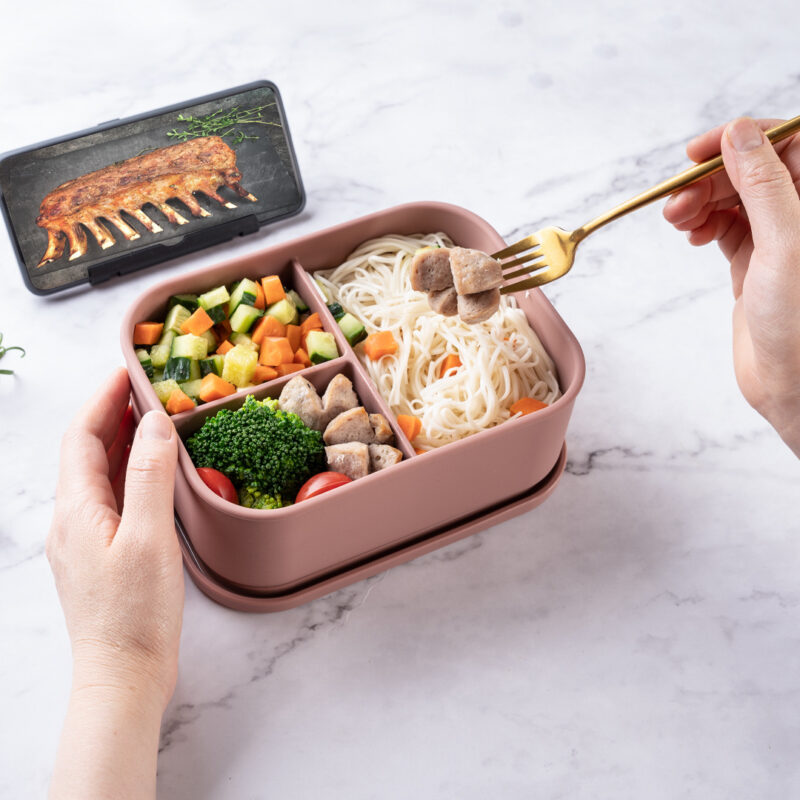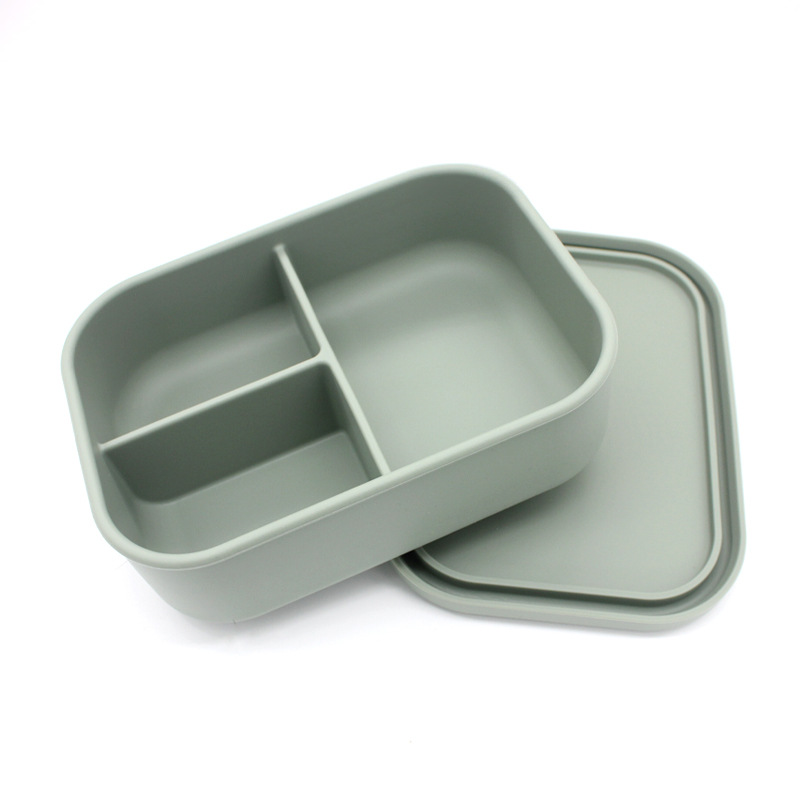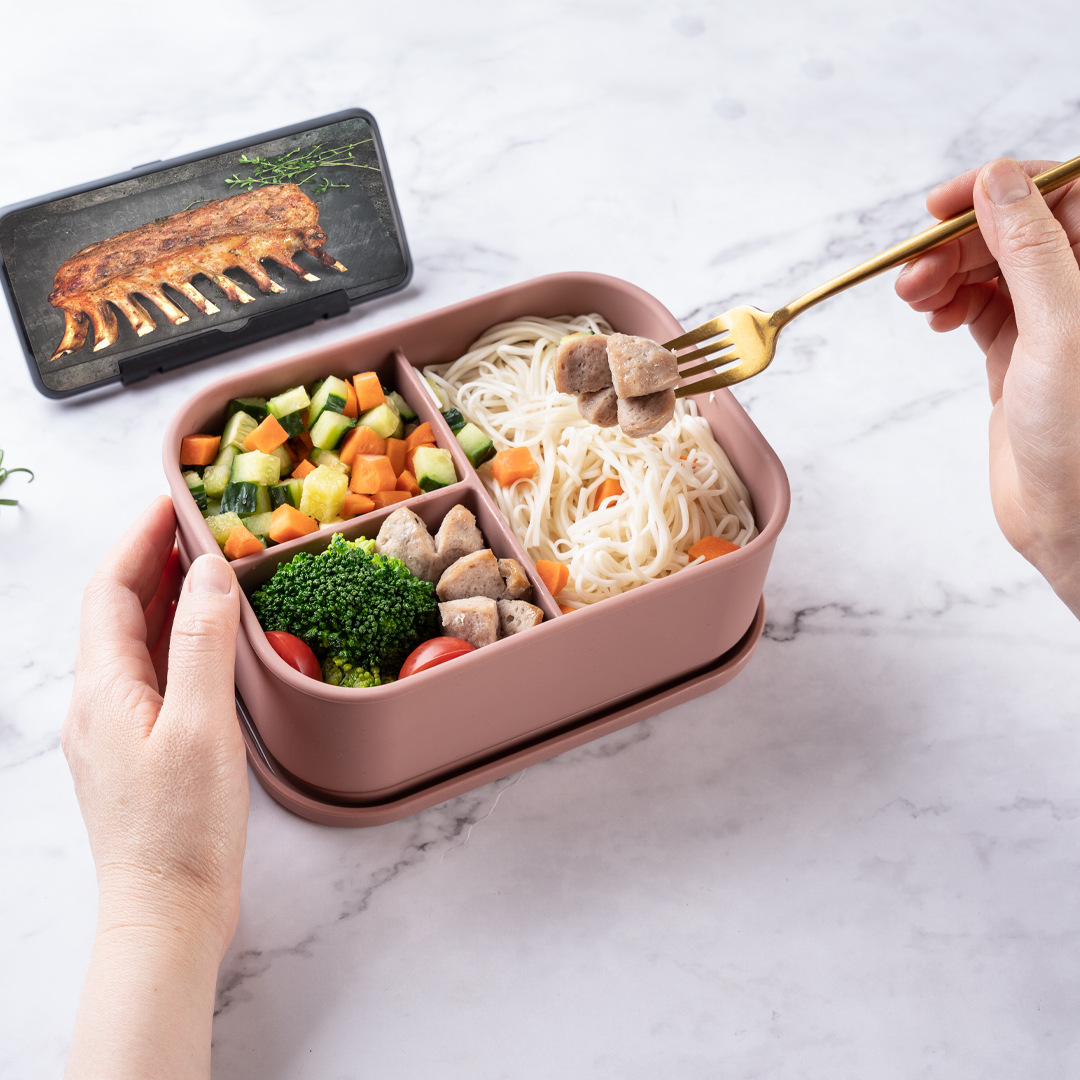Introduction
Silicone containers have gained popularity as a versatile and practical option for food storage. One common question that arises is whether it is safe to put hot food in silicone containers. In this essay, we will explore the topic and provide evidence to support the claim that silicone containers are indeed suitable for holding hot food. By examining the FDA’s approval, the temperature resistance of silicone, and its non-leaching properties, we aim to address any concerns and establish the safety of using silicone containers for hot food.

- FDA Approval of Silicone: In 1979, the U.S. Food and Drug Administration (FDA) deemed silicone safe for use in cooking and other everyday applications. This approval signifies that silicone has undergone rigorous testing and meets the necessary standards for food contact materials. With the FDA’s endorsement, consumers can trust that silicone containers are suitable for handling food, including hot items.
- Temperature Resistance of Silicone: One crucial aspect of silicone containers is their remarkable temperature resistance. Unlike many other materials commonly used in food storage, such as plastics, silicone can withstand a wide range of temperatures without deforming or releasing harmful chemicals. Most food-grade silicone containers are microwave-safe, freezer-safe, and oven-safe, making them ideal for heating, cooling, and storing various types of food.
- Microwave-Safe Properties: Silicone containers are designed to be heat-resistant and microwave-safe. They allow for even heat distribution, ensuring that hot food is heated uniformly and efficiently. However, it is important to note that while silicone itself can withstand high temperatures, certain components like metal clips or lids should be removed before microwaving, as they can cause sparks.
- Oven-Safe Capabilities: Silicone containers excel in their ability to handle high oven temperatures, enabling users to cook or bake directly in them. Whether it’s roasting vegetables, baking casseroles, or making desserts, silicone molds and baking pans provide a safe and convenient option. The non-stick properties of silicone make food release easy, reducing the need for additional greasing or oiling.
- Non-Leaching Properties: An essential factor to consider when using any material for food storage is its potential for leaching chemicals into the food. Food-grade silicone has been proven to be non-leaching, meaning it does not transfer harmful substances into hot or cold foods. This property ensures that the flavor and quality of the food remain intact, even when in direct contact with silicone containers.
- Versatility and Convenience: The use of silicone containers for hot food provides numerous benefits. Their flexibility allows for compact storage, as they can be collapsed or stacked when not in use. Silicone’s durability ensures that containers can withstand repeated use and are resistant to cracking or breaking. Additionally, their easy-to-clean nature, often dishwasher-safe, makes them highly convenient for everyday use.

Conclusion
In conclusion, silicone containers are a safe and reliable option for holding hot food. The FDA’s approval in 1979 solidifies their suitability for food contact materials. With their exceptional temperature resistance, microwave-safe properties, oven-safe capabilities, and non-leaching qualities, silicone containers offer versatility and convenience in the kitchen. Consumers can confidently utilize silicone containers for heating, cooking, storing, and serving hot food without compromising safety or quality. As long as proper usage guidelines are followed, including the removal of metal components and avoidance of extreme temperature changes, silicone containers provide a valuable solution for all your culinary needs. Embrace the benefits of silicone containers and enjoy the convenience and peace of mind they bring to your hot food storage requirements.

